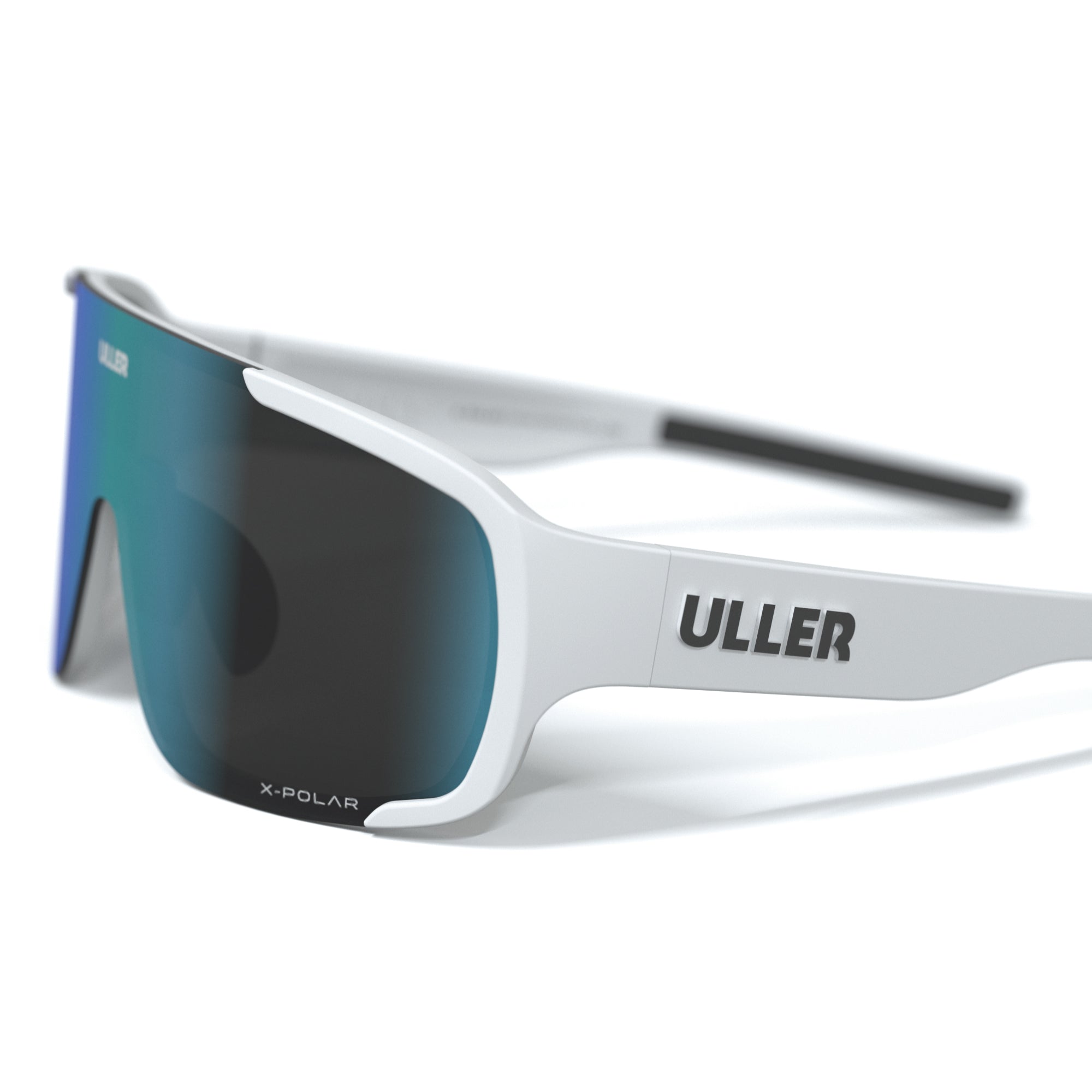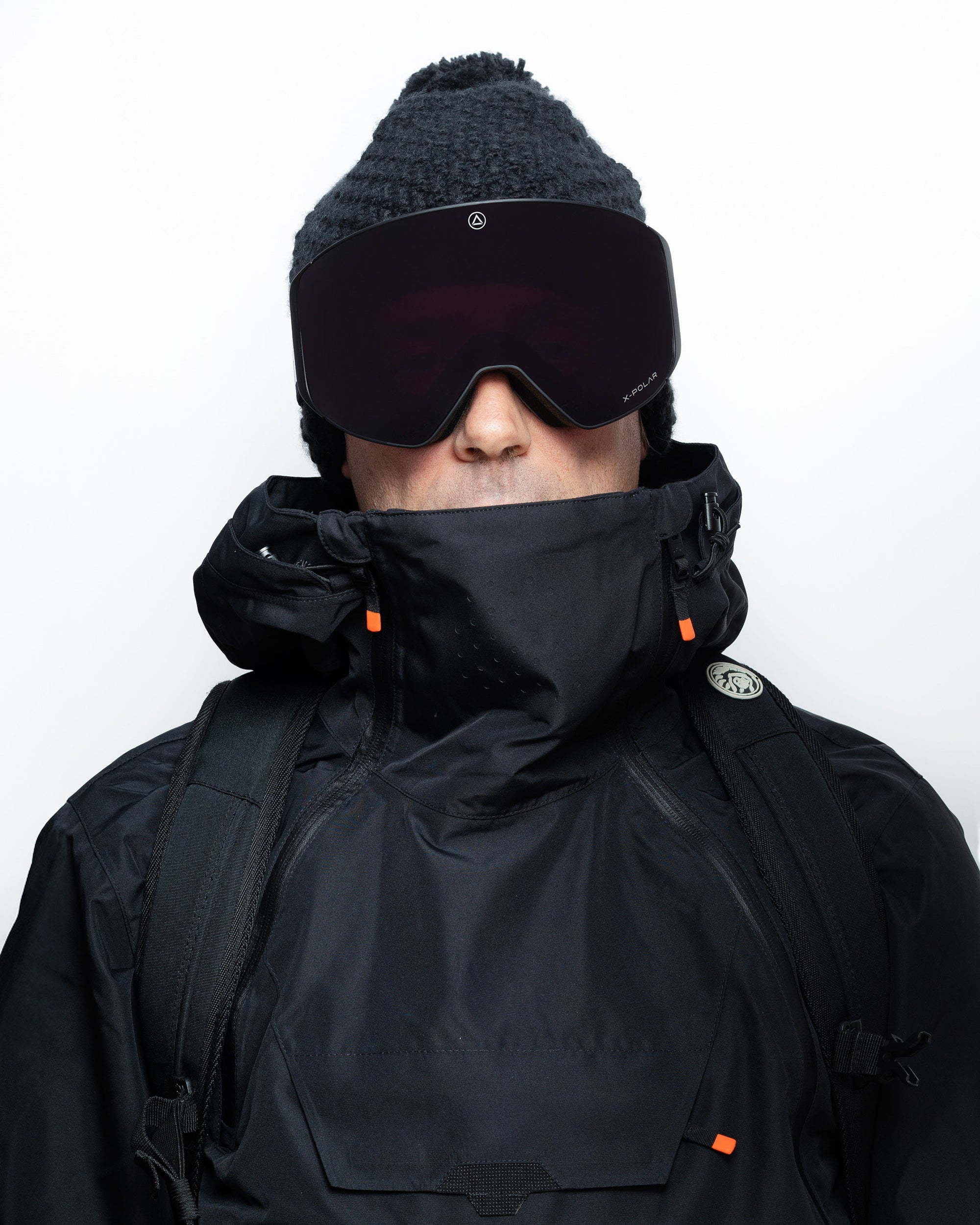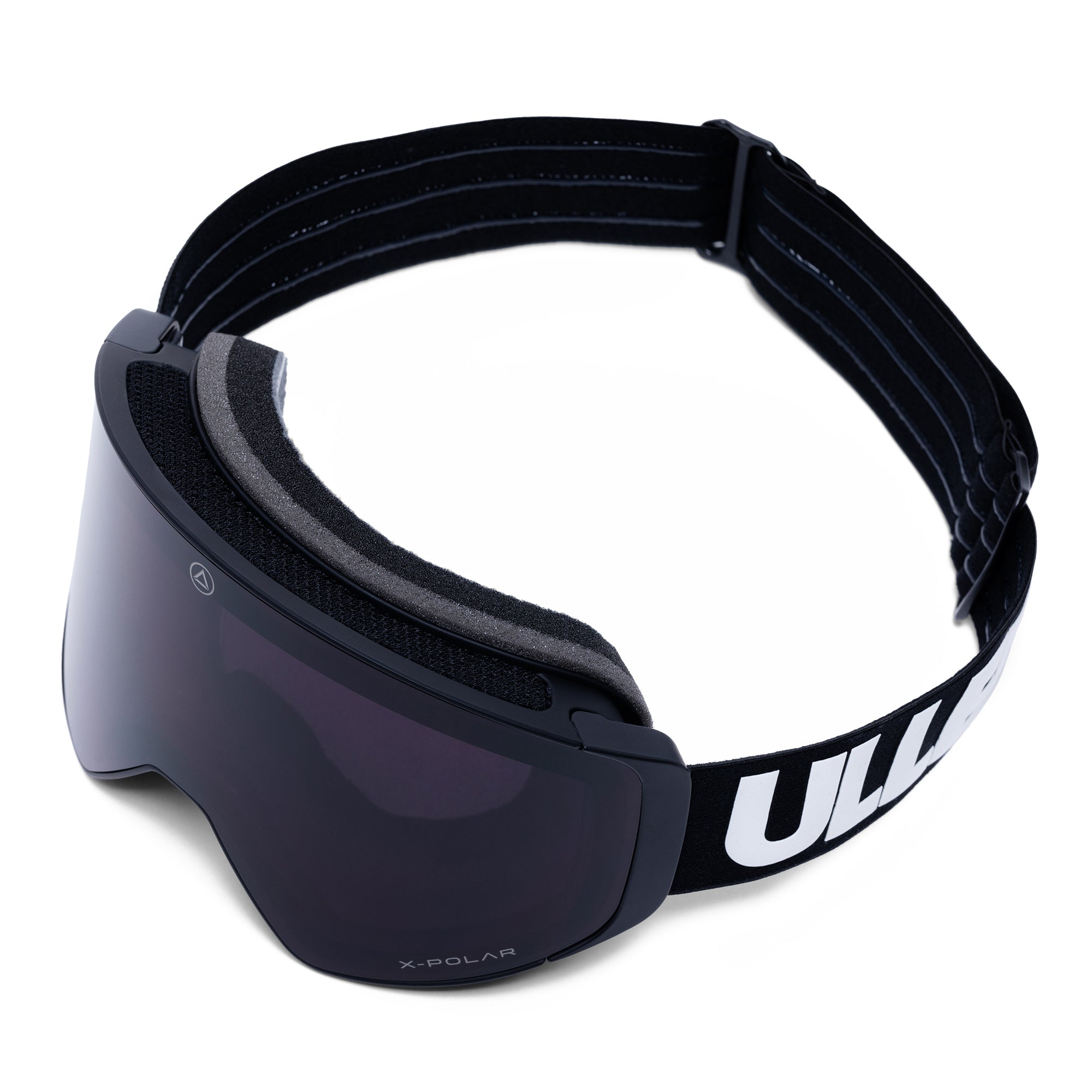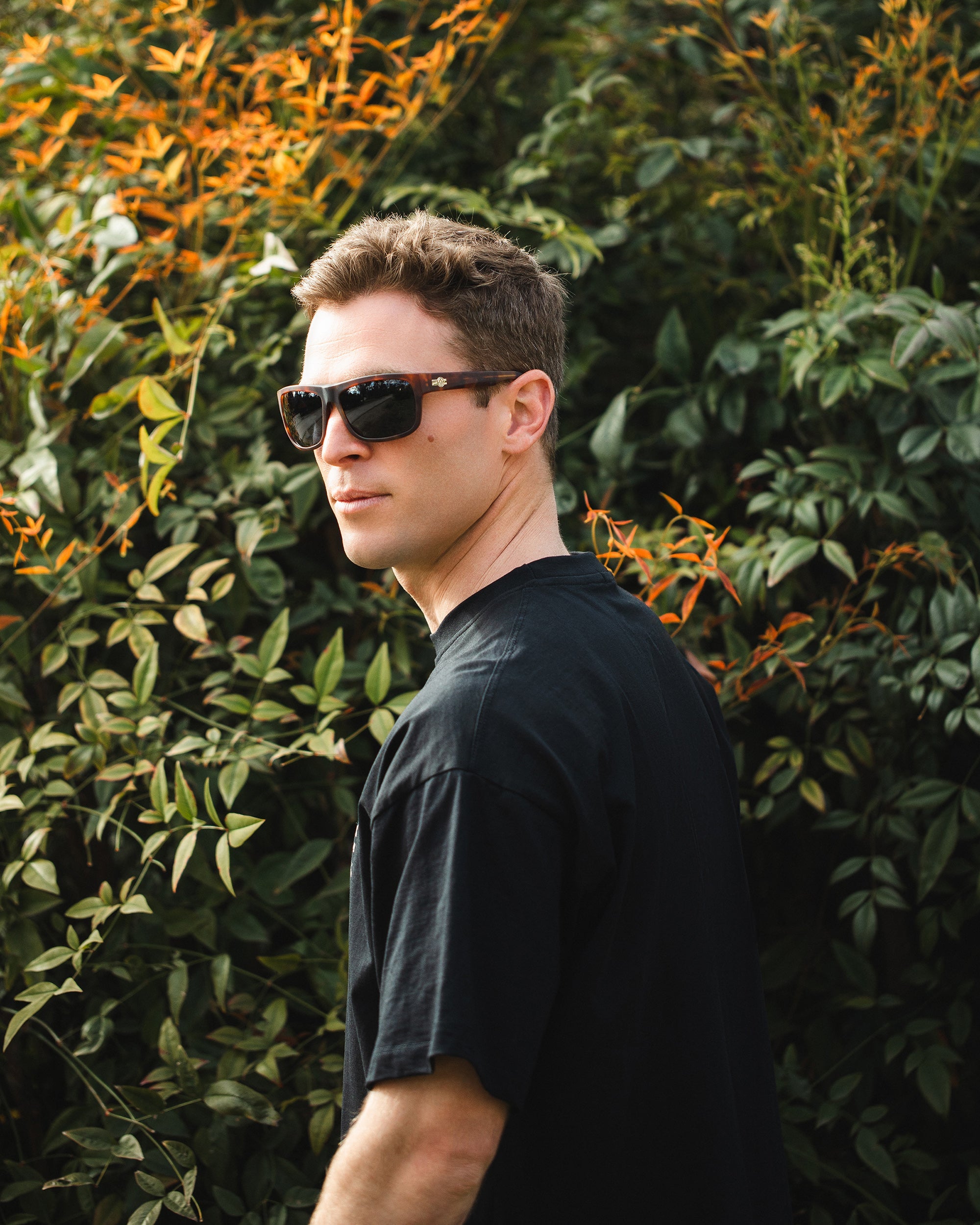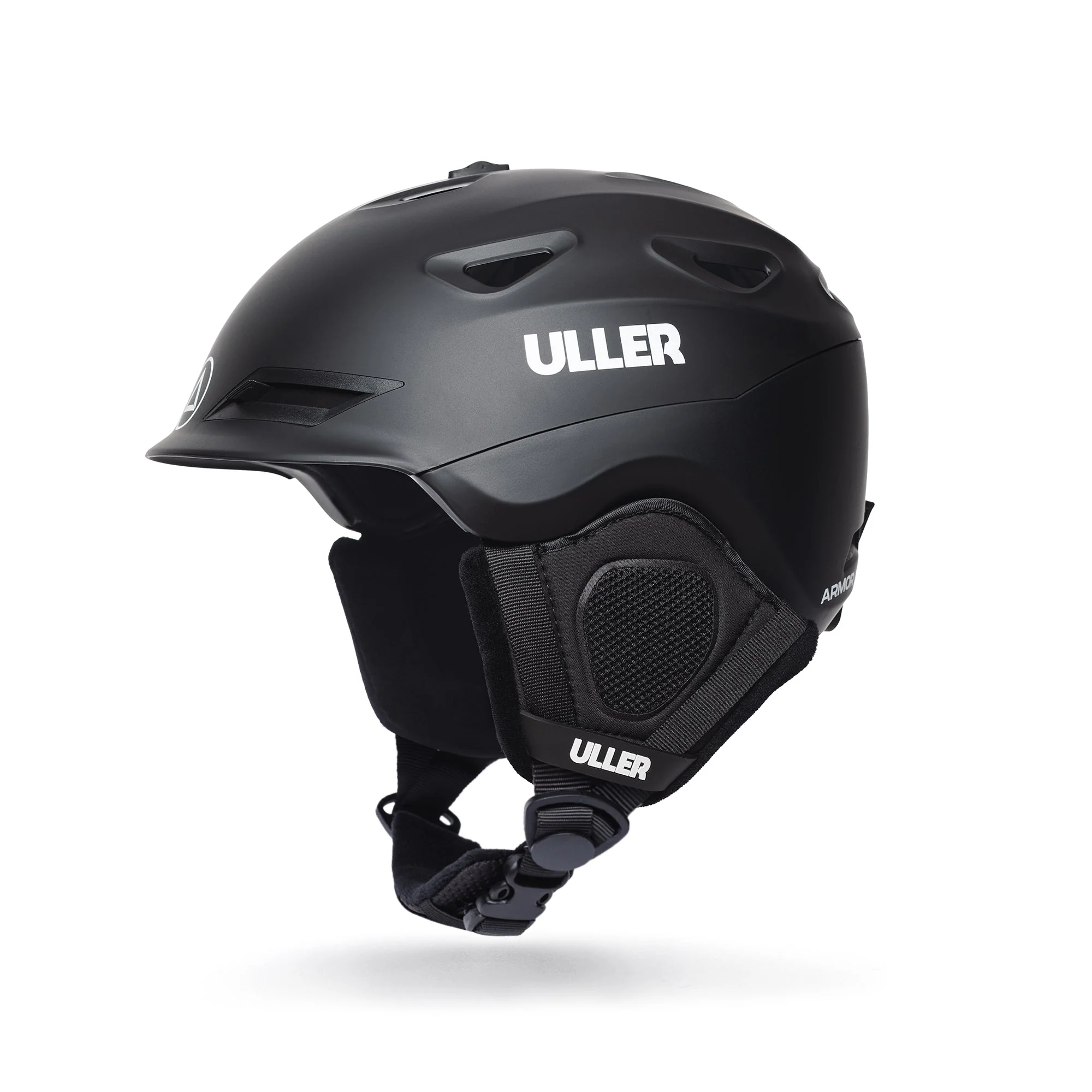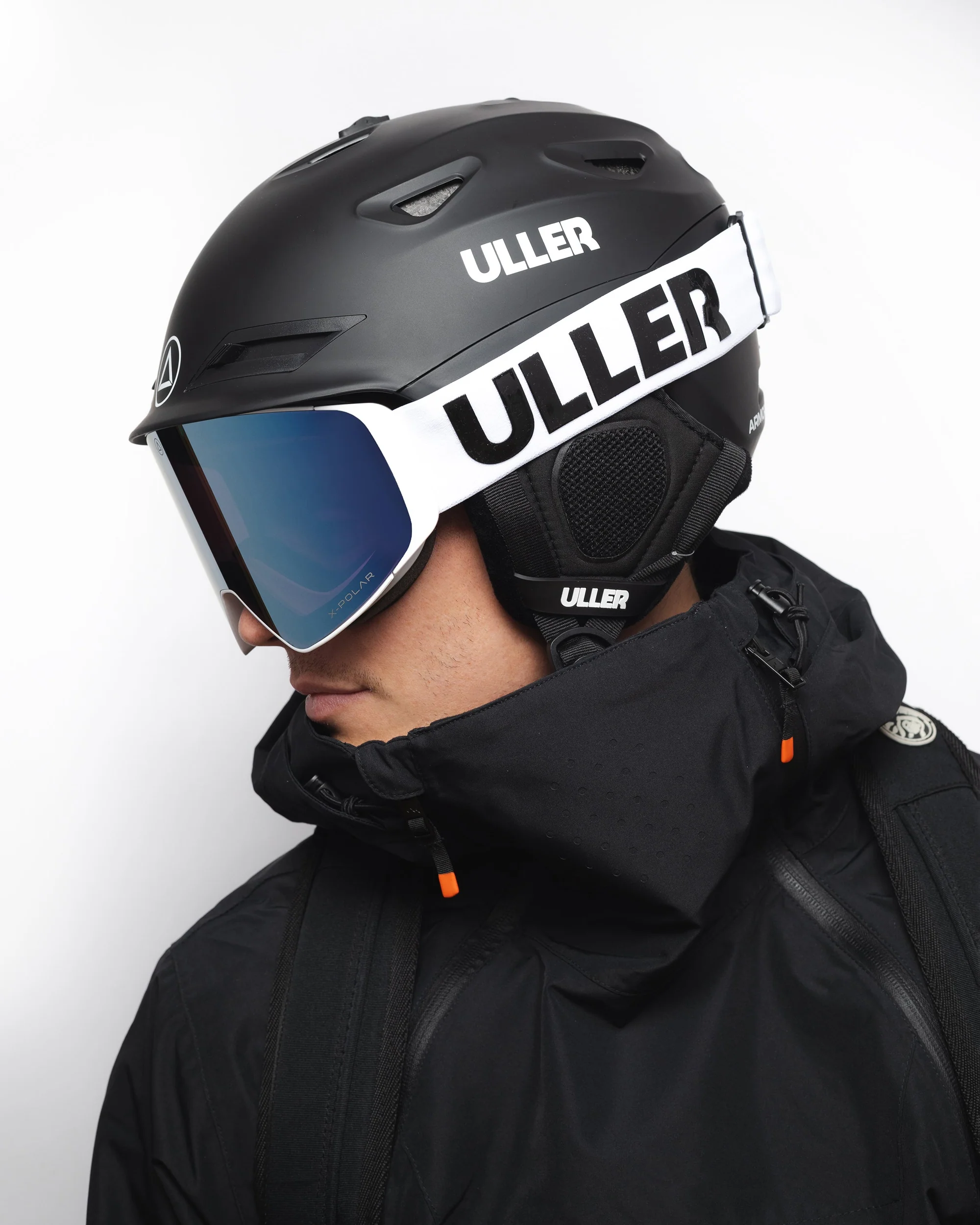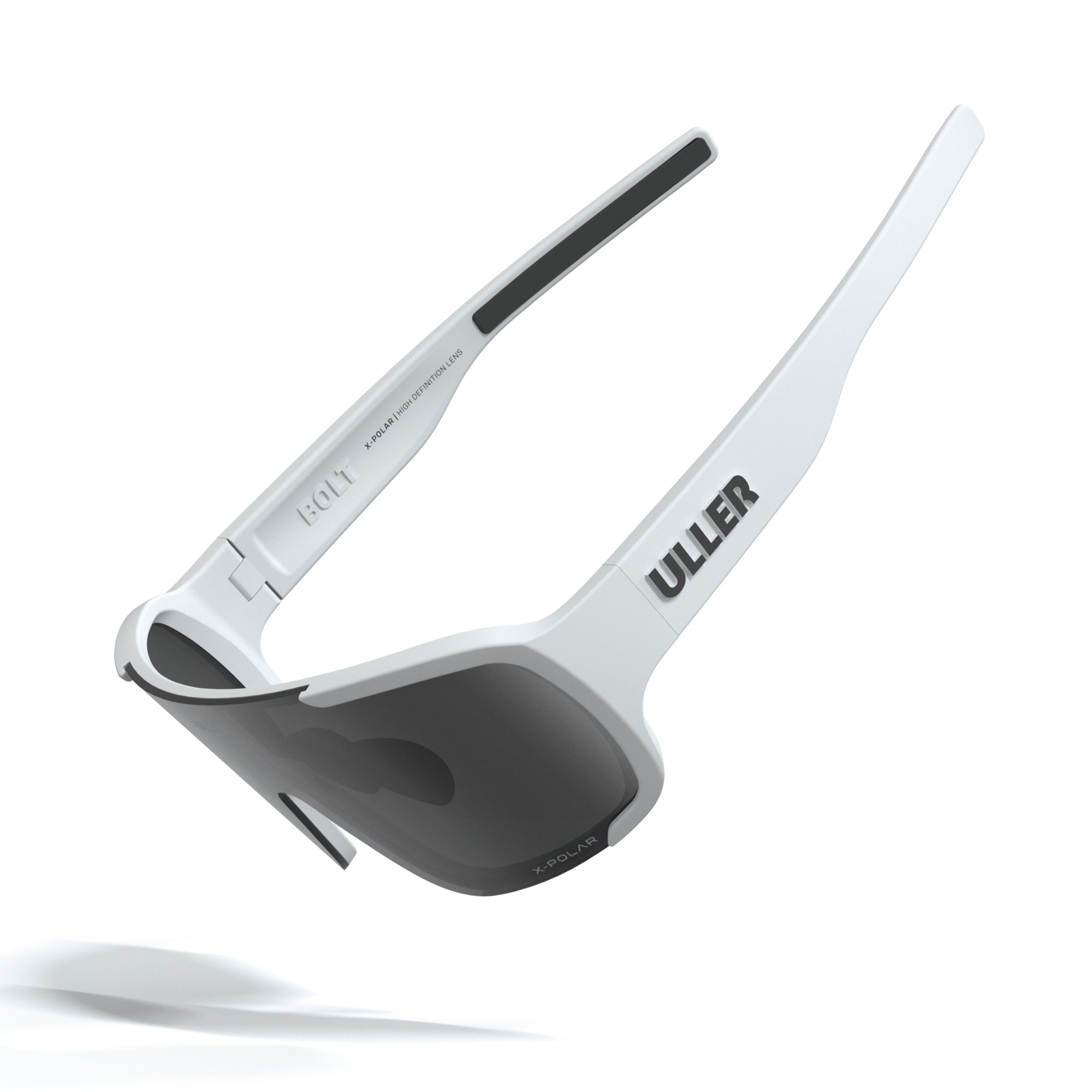The Camino de Santiago is the best-known route in our country. Every year thousands of pilgrims seek that feeling of satisfaction, well-being and sacrifice when walking the sections of this path that ends at the Cathedral of Santiago de Compostela. The original route begins near the Pyrenees and crosses the Peninsula from east to west on a 1,000-kilometre route.
When you visit some of the cities in the north of the peninsula, it is very common to come across a metal shell on the ground, a symbol that indicates that that city, that area, is part of the Camino route. Although the tradition has always been to travel this route on foot, in recent years, doing the Camino de Santiago on wheels has gained a lot of popularity, reaching a total number of 20.787 bicigrinos (pilgrims who go by bike) who did one of the routes of El Camino in 2018.
As the trend of reaching Santiago by bike is relatively new, not all existing routes are suitable for pedaling. In today's post we tell you which are the 4 best routes to do by bike depending on the level you have, so that you can live the Jacobean experience to the fullest.
ROUTES OF THE CAMINO DE SANTIAGO

French Way:
This is the best-known route for the Camino de Santiago. In total, almost 800 kilometers are covered. This route has its original start in Jean-Pied-De-Port, and crosses into France through the Pyrenees, although more and more pilgrims start it from Roncesvalles, a city that is 30 kilometers from Jean Pied.
This route usually takes about two weeks and is perfect for those pilgrims who are starting out in the world of cycling or for cyclists who are going to travel the route for the first time on pedals. We recommend doing the French Way in the autumn or spring months, because in summer the combination of heat with the mass of people who are on their way to Santiago is not the most desirable. The route is easy to follow, it is very well signposted and there are constant information points, there is no place to get lost. Probably the influx of tourism and people during the summer months are the cause of this excess of signs and facilities on the route.
During the journey, cities and towns of Navarra, La Rioja, Castilla y León and Galicia are visited. Along the route there are a wide variety of hostels and areas to stay.
Despite being a busy road, it is worth traveling.
Next, we leave you an infographic of the Camino Frances:

Via de la Plata:

The Vía de la Plata is the most famous cycling route on the Camino de Santiago. The route is made on an ancient path and steps on the remains of a Roman road. For 1000 kilometers you cycle from south to north of Spain, starting from Seville and arriving at Santiago de Compostela. In addition to being one of the most beautiful, this route is harder than the one that runs along the French Way, also for this reason, less traveled.
Throughout the journey, four autonomous communities are covered, Andalusia, Extremadura, Castilla y León and Galicia, which offers us a great variety of environments on our trip, and constant changes in the views of the landscape, the terrain and the vegetation, which are appreciated and observed as we advance on our route. The path runs along tracks with dirt, gravel and paths next to meadows, mountains and moors, which does not make pedaling too difficult or hard.
The route is comfortable, but it is not as well signposted as other routes on the Camino, so you have to pay special attention to the signs and information points. This route is very pleasant and dynamic, the most palpable difficulty is that it requires a lot of resistance since it is a long route.
In the following infographic you can see which are the stages of the Vía de la Plata:

Primitive Path:
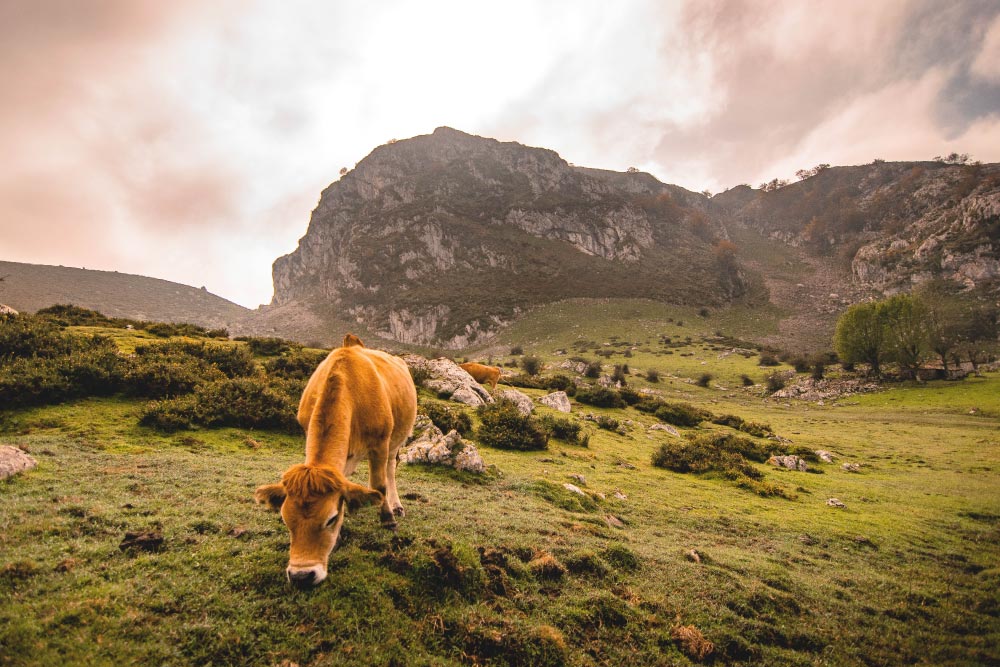
The Camino Primitivo is the oldest of all, in fact, Alfonso II the Chaste already walked it in the 9th century. This is a factor that, accompanied by an impressive historical environment and atmosphere, exudes strength and good vibes.
This route also has the Cathedral of Santiago de Compostela as its final destination and is the hardest of all those that make up the Camino. The slopes that are found on the way make the journey on the bicycle especially tedious, to this is added that the roads are rarely asphalt, but instead they are dirt, which turns into mud when it rains, something which is common, since the route runs through the humid and green north of Spain. The route is usually completed in a week, and the most common stages to do them usually range between 6 and 7.
The hardness of the journey is justified by looking at the itinerary, which passes through 7 mountain passes. The total length of the route barely exceeds 320 kilometers, but most of them require a powerful physical capacity. The route begins in Oviedo, in the city, and goes into the most rural and natural areas, tracing a path that runs through wooded sections and not lacking in absolute beauty.
Then, we leave you the itinerary of the Camino Primitivo:

North Path:

This route is one of the least traveled and best known, which is a plus because it is also one of the coolest, since it runs along the Cantabrian coast and offers impressive views and scenery, which also gives the path its name of “Camino de la Costa.”
This route is complicated but possible, and will allow you to enjoy the towns, the cliffs, the gastronomy and the beach of the Cantabrian coast.

Portuguese Way:
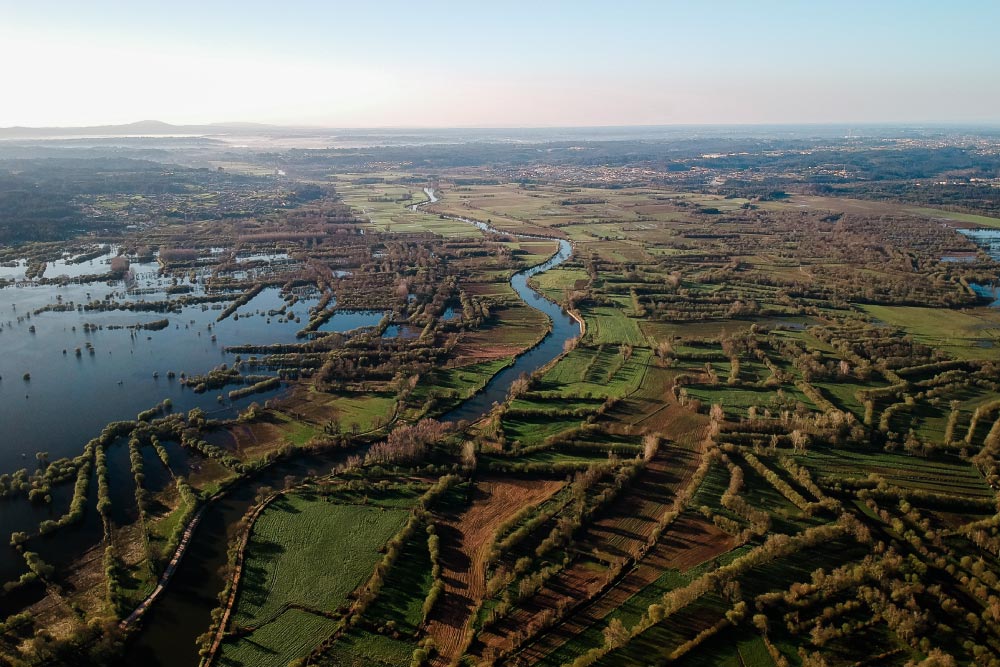
The Portuguese Way is another of the most famous routes that are covered on the Camino de Santiago, this route is not very complicated and offers a great visual quality in terms of the environment and the landscape that can be observed along the way.
The journey can be made following two different routes; a part of Lisbon, which is called the Central route and another starts in Porto, this is known as the Coastal route. Both run very close to the coast and come together at one point, already within Spain, to reach Santiago. The central route consists of 620 kilometers and the one that runs along the coast has 270 kilometers.
The route that begins in Lisbon passes through rural areas, landscapes with vegetation and the coast always close, although not always visible. For its part, on the coastal route, the bike does not take off from the sea at any time.
The route runs through easy paths to pedal, along asphalt tracks, and the perfect time to do it is in spring and summer, which will allow you to enjoy the promenades and summer afternoons with good weather after a session of bicycle.
Next, we show you the route of the Camino Portugues:

TRAINING FOR THE ROAD

Completing the Camino de Santiago by bike is not as complicated a task as it may seem at first glance; It is true that there are some routes that require a high physical capacity, but the great variety of routes and the opportunity to make stops when the body needs it, favor that the route can be done by bike no matter what level you have.
It should be noted, however, that it is necessary to train and be in good physical condition, since if you start the Camino having prepared your body beforehand, the enjoyment of the journey will be greater than suffering or physical fatigue.
We recommend that, during the months prior to the trip, you do the following training regularly:
- Take routes on the weekend
If you live near the mountains, we recommend that you go on weekend getaways with your bike to increase your stamina, your body to adapt to prolonged physical exercise and practice on all types of terrain. Train the climbs on gravel, on dirt terrain and on the track.
- Do cardio and train endurance
Work on your endurance by increasing the distance you cycle every day, and even going for a run.
- Do strength training
Weight strength work will also give you more resistance when you're riding the trail and increase the power of your pedal stroke.
THIS IS WHAT YOU NEED TO KNOW TO BECOME A GOOD PILGRIM

Santiago Shell:
The shell of Santiago has become the official symbol of the Camino. It originally comes from Galicia and is a Scallop Shell. The reason for its choice among pilgrims in antiquity is unknown, but it is known what they used it for: it was a badge that differentiated walkers who had already completed the path, which previously consisted of reaching Santiago, and returning from new home walking, of those who don't. Carrying the shell was a sign of respect for the Apostle Santiago.
Today its use is more common and has become somewhat frivolous; you don't need to walk the path back and forth to get the Shell. Just getting to the cathedral of Santiago de Compostela is enough. In addition, it is used to signal the way in the cities through which the official routes pass; the shape of the shell is placed on the floor with a blue background. Sometimes it is drawn on the asphalt stone and other times a golden metal shell is placed on the ground.
Signals:
All the routes of the Camino de Santiago are signposted; either with the yellow arrow, with cairns, with the yellow scallop (the shell) and with stone cairns.
- The yellow arrow is the most well-known road sign symbol. It is painted in yellow on tree trunks, on the ground, on facades, on stones... The origin of the yellow arrow is linked to the priest Elías Valiña, who became known for painting this sign along the French Way with the intention of encouraging people to do it and that it was well signposted and organized.
- The markers also abound in terms of signaling this Jacobean route, they are stone constructions where either the yellow arrows or the shell of Santiago are engraved.
- The yellow scallop can be painted in yellow on a blue background, or made of bronze on the facades of buildings and churches, on the ground and in places with good visibility.
Jacobean Year:
A good synonym for the Jacobean Year is the Holy Year. When we are in a holy year, the Cathedral of Santiago opens its doors to the public. The explanation of when it is defined whether or not a year is sacred, goes back to the Laws of Moses and the Old Testament, in which it was determined that every 50 years, the lands and slaves should be freed. The Catholic Church later added that in the year 50, all faithful believers would be acquitted of their sins. Tradition has maintained the base and its origin, but it has evolved over time. Now, a Jacobean year occurs every year in which July 25 falls on a Sunday. This year, 2021, we are in the Holy Year.
Cathedral of Santiago de Compostela:
The origin of the Cathedral dates back to the year 44 (d.C.) when the Apostle Santiago was assassinated in Palestine. His body was transferred by boat to the north of Spain, to present-day Compostela, where he was buried. Centuries later, in the year 813, the body of the Apostle was found, and in his honor, King Alfonso II ordered the construction of a chapel around it. Many faithful then begin to establish their homes around it, since they found in the chapel a symbol of protection. In this way, Santiago de Compostela began to grow. With the increasing influx of faithful to the city, the chapel became too small and in the year 872 Alfonso III the Great ordered the construction of a larger one, but it was demolished in the year 997 in a Muslim attack. In 1003 it was rebuilt and in 1075 construction began on the Romanesque Cathedral that we know today.
Santiago Staff:

The staff of Santiago or Bordón, is another of the most mythical symbols of the Camino de Santiago. It was removed from the Apóstol tomb when it was found and unearthed in the early 800s (d.C.) Today it remains in one of the rooms of the Cathedral of Santiago de Compostela and thousands of pilgrims wear imitations in honor of the Staff of the Apostle.
If you are passionate about pedalos, nature and history, you want to face a new challenge and soak up traditions and observe the imposing and iconic Cathedral of Santiago, dare the Camino de Santiago. You now know everything you need to return home with the Compostela and a very good feeling in body and mind.
















